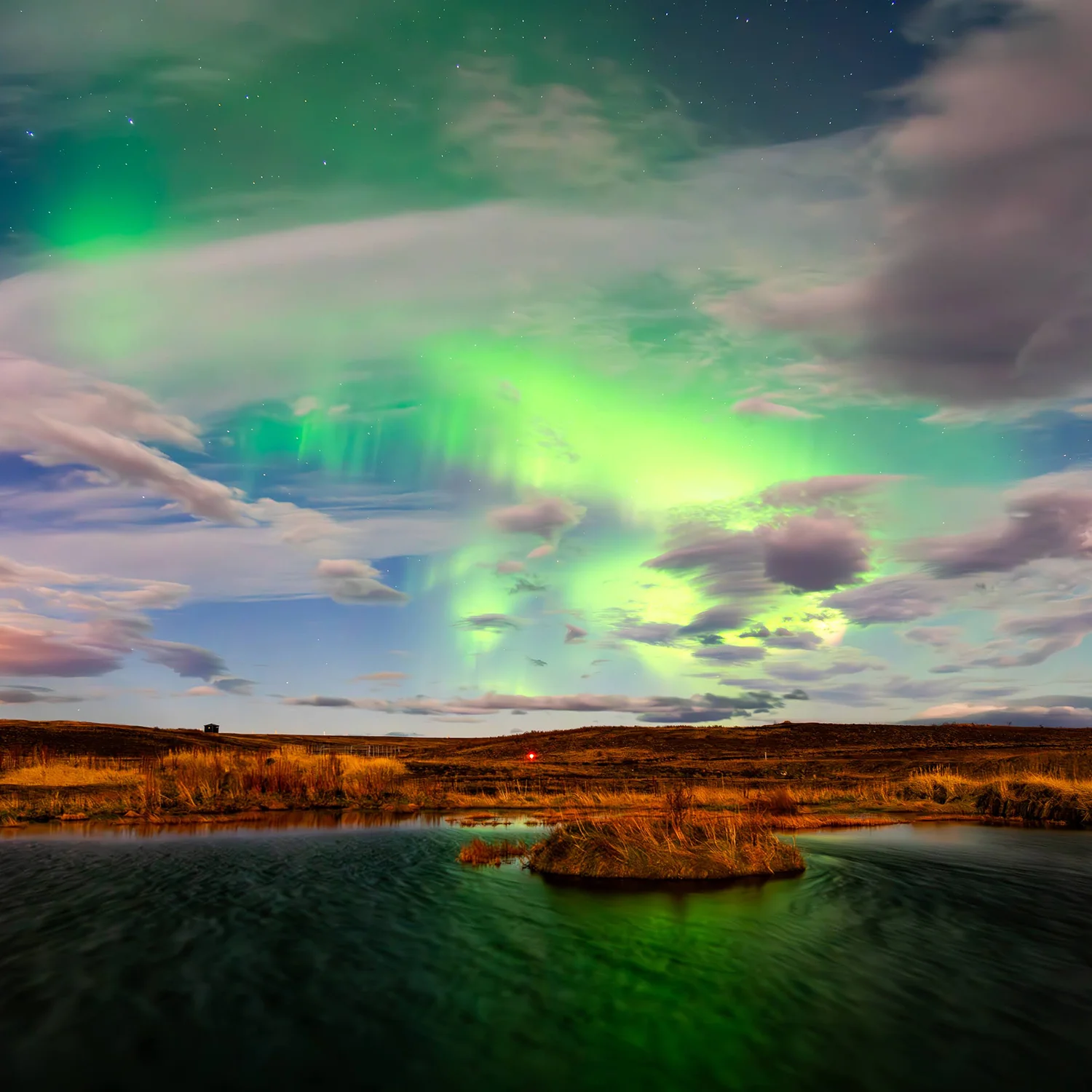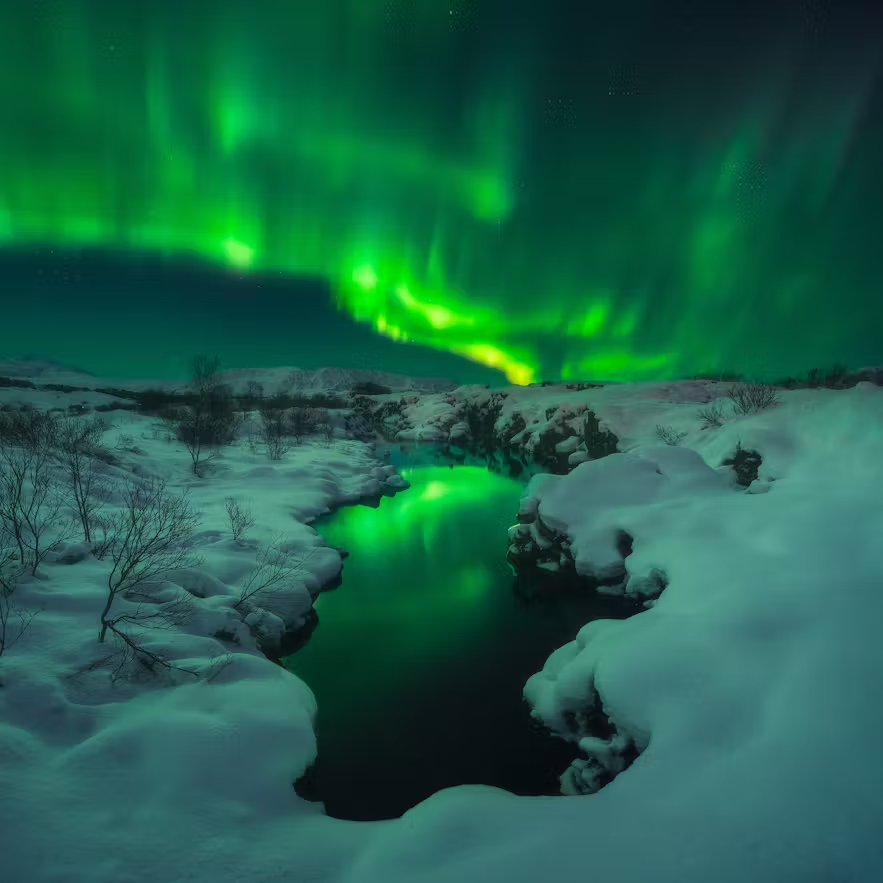The correct question for anyone asking what to do in Iceland
should be, "What isn't there to do in Iceland?" You have many
options for things to do throughout your stay because of the
diverse activities offered. When organising your trip, you'll
discover that time and money will be your major constraints
rather than the specific activities you wish to undertake.
It's all about choosing, so even if you give yourself plenty of
time while in Iceland, there will always be something that you
have to put off. Guide to Iceland is in a unique position to
assist you in deciding what to see and do in Iceland because we
work with almost all of the country's travel service providers.
Whale Watching Tour: One of the nicest activities to do
in Iceland is whale watching. The coasts around Iceland are home
to over twenty species of whales, dolphins, and porpoises,
ranging in size from the diminutive harbour porpoises to the
blue whales, the largest animal on earth. Considering that you
can go whale-watching from Reykjavik's centre, it is simple to
fit whale-watching into a schedule that is already packed.
Observations of minke whales and humpback whales are the most
frequent. Additionally, it's possible to spot less common
species like killer and fin whales. While the whales are the
main attraction, other Icelandic birds, including skuas, terns,
guillemots, and even the beautiful puffin, can also be seen on a
whale-watching cruise.
Have a Night Out: Locals love to go out at night and will
jump at the chance to enjoy a few cold beers before the night is
over. We are unsure whether this is related to the fact that
beer was only made legal in 1989 or perhaps the persistent
darkness that the nation experiences every year.
Many bars, coffee shops, restaurants, and social gatherings are
in the centre of Reykjavik. Most of them will have a good mix of
native Icelanders and tourists, guaranteeing a lively dialogue
that night. Going out at night is one of the most well-liked
activities in Reykjavik for a reason.
Lake Myvatn in North Iceland: Beautiful Lake Myvatn is
situated in a very geothermally active region of northern
Iceland. The lake, the fourth-largest body of water in Iceland,
is dotted with several islands. The geothermal Myvatn Nature
Baths are also nearby, where you may unwind after a long day of
exploring.
Due to the lake's abundant food and energy sources, the region is
well known for its diverse flora and wildlife. According to
reports, the region is home to 58 bird species, making it a
wonderful location for bird watching.
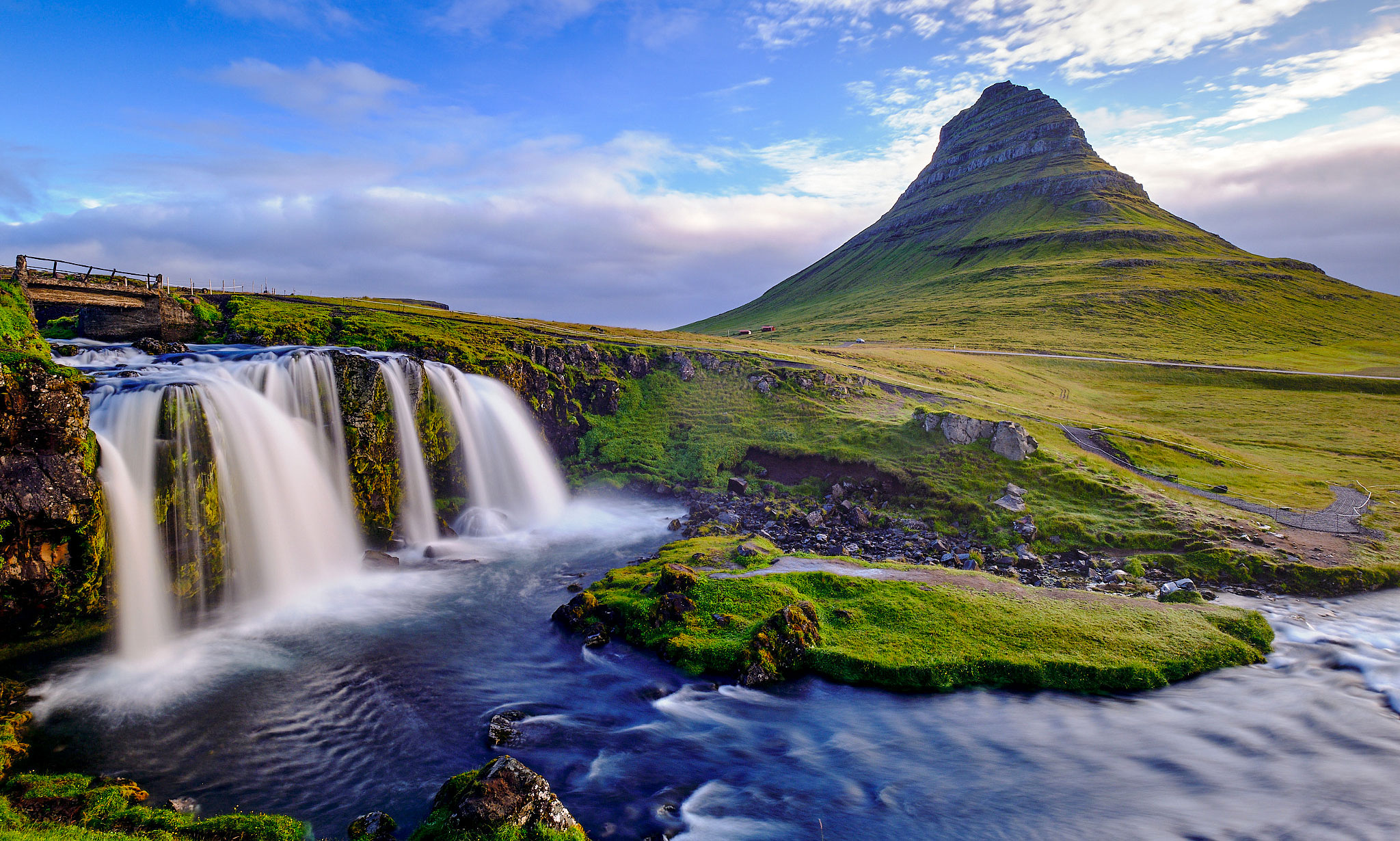


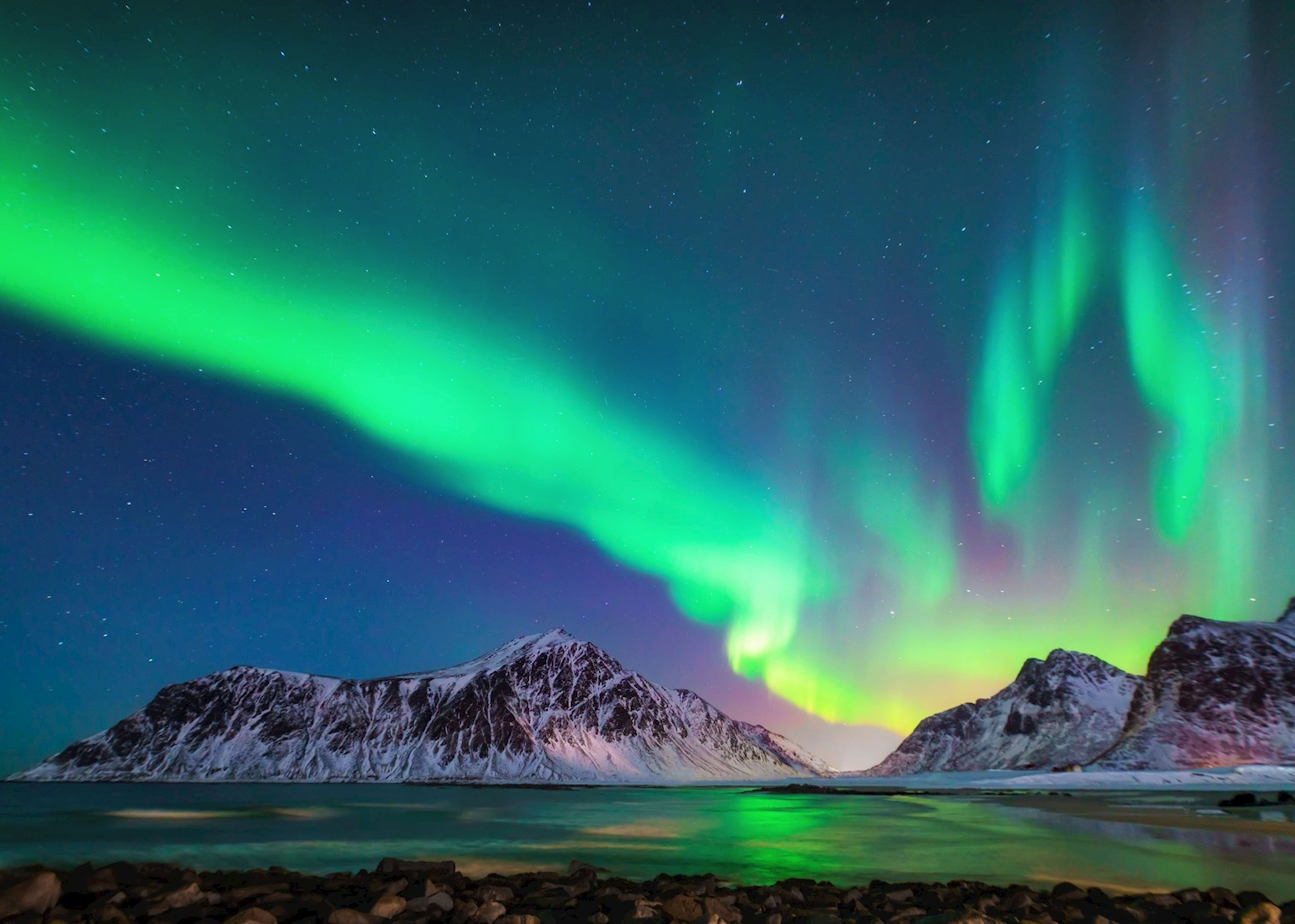
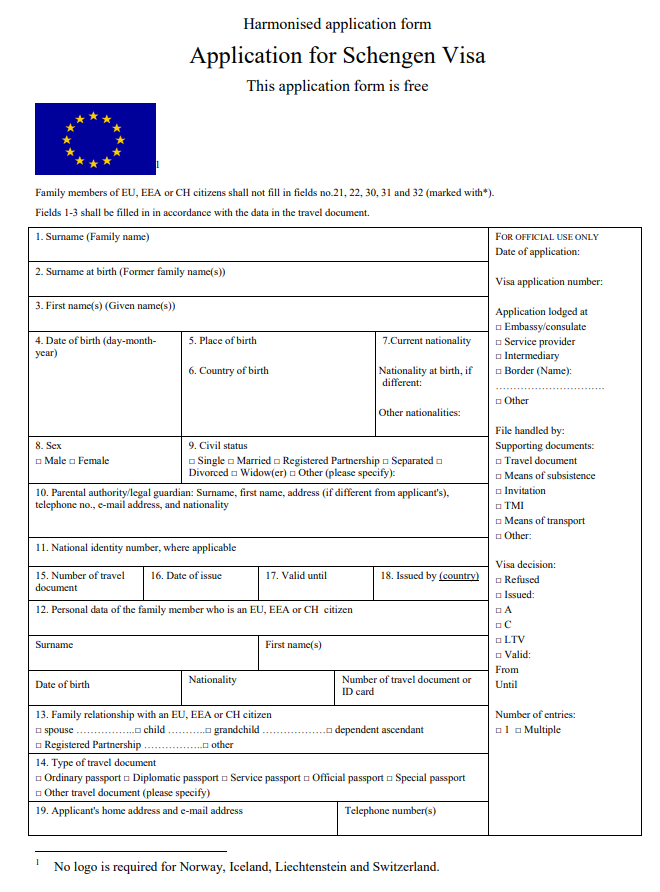
 Qatar
Qatar  Saudi Arabia
Saudi Arabia  Philipines
Philipines Armenia
Armenia  kazakhstan
kazakhstan  Australia
Australia New Zealand
New Zealand South Korea
South Korea South Africa
South Africa Uganda
Uganda Ghana
Ghana Kenya
Kenya Sudan
Sudan Morocco
Morocco Syria
Syria Lebanon
Lebanon Iran
Iran Iraq
Iraq Austria
Austria  Belgium
Belgium The czech republic
The czech republic Denmark
Denmark United State of America
United State of America  Malaysia
Malaysia  Thailand
Thailand  Hong Kong
Hong Kong  Finland
Finland France
France Greece
Greece Japan
Japan Portugal
Portugal Vietnam
Vietnam Afghanistan
Afghanistan American Samoa
American Samoa Andorra
Andorra Angola
Angola Anguilla
Anguilla Bangladesh
Bangladesh  Barbados
Barbados  Belarus
Belarus  Belize
Belize  Benin
Benin  Bermuda
Bermuda  Bhutan
Bhutan  Bolivia
Bolivia  Bosnia and Herzegovina
Bosnia and Herzegovina  Botswana
Botswana  Brazil
Brazil  Brunei
Brunei  Bulgaria
Bulgaria  Italy
Italy Latvia
Latvia Liechtenstein
Liechtenstein Lithuania
Lithuania Luxembourg
Luxembourg Malta
Malta Myanmar
Myanmar  Norway
Norway Poland
Poland Slovakia
Slovakia Slovenia
Slovenia Sweden
Sweden Switzerland
Switzerland Cambodia
Cambodia  Central African Republic
Central African Republic  Chile
Chile  Colombia
Colombia  Comoros
Comoros  Cook Islands
Cook Islands  Costa Rica
Costa Rica  Croatia
Croatia  Cuba
Cuba  Cyprus
Cyprus  Democratic Republic of Congo
Democratic Republic of Congo Djibouti
Djibouti  Dominica
Dominica  Equatorial Guinea
Equatorial Guinea  Eritrea
Eritrea  Ethiopia
Ethiopia  Faroe Islands
Faroe Islands  Fiji
Fiji  Gabon
Gabon  Gambia
Gambia  Georgia
Georgia  Greenland
Greenland  Grenada
Grenada  Guam
Guam Guyana
Guyana  Haiti
Haiti  Honduras
Honduras  Indonesia
Indonesia  Ireland
Ireland  Jamaica
Jamaica  Jordan
Jordan  Kiribati
Kiribati  Kosovo
Kosovo  Kyrgyzstan
Kyrgyzstan  Laos
Laos  Lesotho
Lesotho  Libya
Libya  Macau
Macau  Madagascar
Madagascar  Malawi
Malawi  Maldives
Maldives  Mali
Mali  Marshall Island
Marshall Island  Mauritius
Mauritius  Mayotte
Mayotte  Micronesia
Micronesia  Maldova
Maldova  Mongolia
Mongolia  Montenegro
Montenegro  Mozambique
Mozambique  Namibia
Namibia  Nauru
Nauru  Nepal
Nepal  Nicaragua
Nicaragua  Niger
Niger  Nigeria
Nigeria  North Korea
North Korea  North Macedonia
North Macedonia Norfolk Island
Norfolk Island  Pakistan
Pakistan  Palau
Palau  Palestine
Palestine  Panama
Panama  Papua New Guinea
Papua New Guinea  Paraguay
Paraguay  Peru
Peru  Puerto Rico
Puerto Rico  Republic of the Congo
Republic of the Congo  Reunion
Reunion  Rwanda
Rwanda  Saint Helena
Saint Helena  Saint Kitts and Nevis
Saint Kitts and Nevis  Saint Lucia
Saint Lucia  Saint Vincent and the Grenadines
Saint Vincent and the Grenadines  Samoa
Samoa  San Marino
San Marino  Sao Tome and Principe
Sao Tome and Principe  Senegal
Senegal  Sierra Leone
Sierra Leone  Solomon Islands
Solomon Islands  South Sudan
South Sudan  Sri Lanka
Sri Lanka  Taiwan
Taiwan  Tajikistan
Tajikistan  Oman
Oman Kuwait
Kuwait